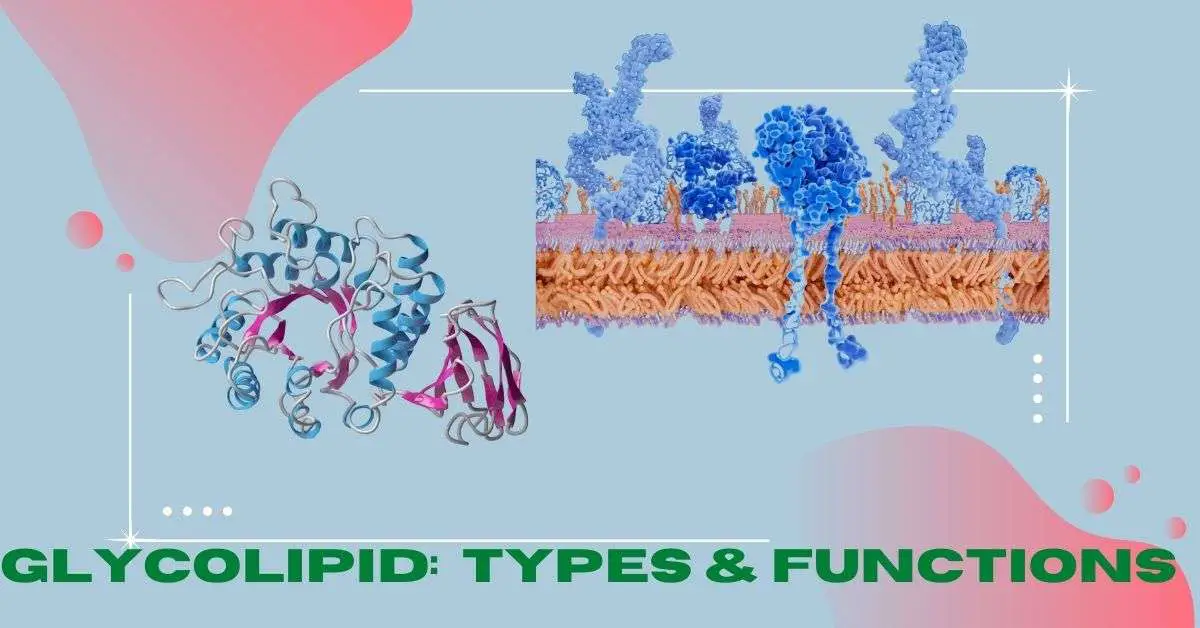Chondrichthyes: Characteristics, Classification and Examples
The word ‘chondrichthyes’ came from Greek word ‘chondr’ meaning cartilage and ‘ichthys’ meaning fish. Chondrichthyes include all the cartilaginous fishes that contain cartilaginous skeletons. All the representatives of this group have jaws and paired fins with paired nares. The body is covered with placoid scales. Their body growth range from 10 cm (finless sleeper ray) … Read more


